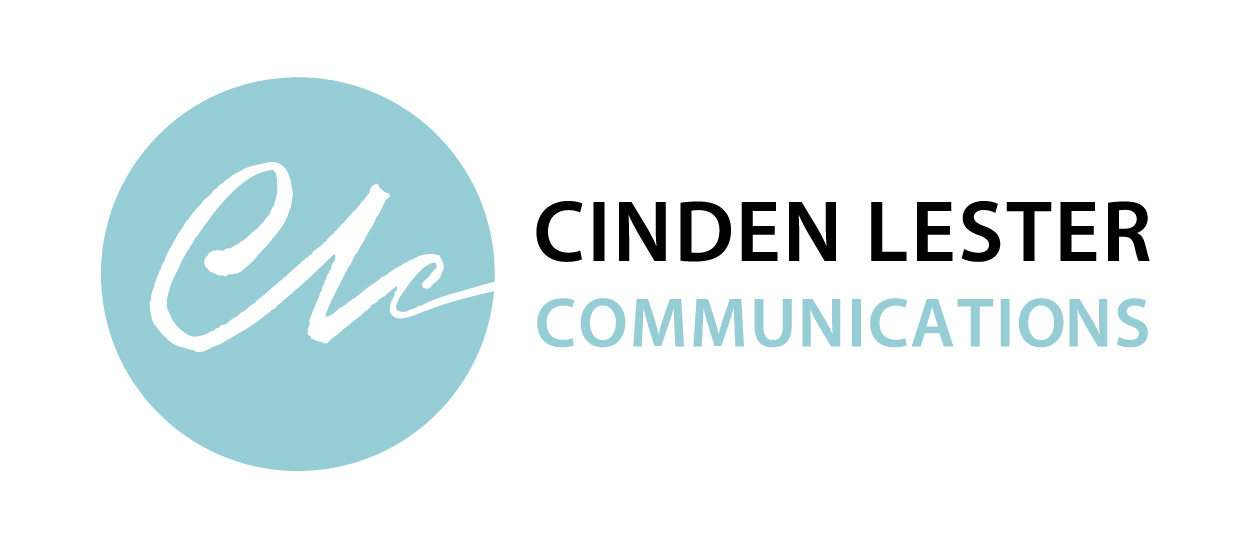
Have you heard the story about the cleaner at NASA?
In the early 1960s, President Kennedy was visiting the space centre. He noticed a janitor carrying a broom, walked over, introduced himself and asked what the man was doing.
‘Well, Mr President, I’m helping put a man on the moon,’ the janitor replied.
How’s that for understanding that everyone has a role to play in achieving an organisation’s goal?
If all employees were that clear and committed to their organisational goals, productivity and performance would sky rocket.
Whether the NASA story is true or an urban myth, it is a terrific example of an organisation with a strong shared vision and effective communication.
Internal communications (or employee communications) is about getting staff on board. It’s about motivating people to do their bit to achieve their organisation’s goals and business strategy.
This becomes even more important during times of change, such as the current upheavals in the federal public service.
Reviews, restructures and redundancies—significant change can be stressful and unsettling for the staff involved.
Communication vacuums only amplify unease.
At times like this, genuine and regular internal communication is vital. Staff need to understand what’s going on and why, and they need to feel supported through significant changes.
But it can be challenging to effectively communicate with people who work in different teams or different locations, and who are affected in different ways by change.
First, you need a strategic approach to communicating change that is linked to your broader change management strategy. And your communication must be a two-way process with staff at the heart of the story.
So, once you know who is affected and what you need to tell them, how do you engage staff and make them feel valued through a potentially difficult time? Here are some ideas.
Start at the beginning. The story needs to be told from the beginning. The audience wants context; they need to understand why the changes are happening. Be explicit, leaving no doubt about the reasons why this change needs to happen.
Talk from the top. The messages need to start from the top, with CEOs and senior executives telling the story through targeted and regular messages. This content can be delivered through mixed mediums. For example, staff meetings, Q&A sessions, floor walks, short video messages, audio recordings, emails, internal newsletters, and dedicated intranet pages.
Profile your staff. Maintaining morale during times of change can be challenging. If there are success stories, tell them. Identify your champions, the people who want to tell their story, impart knowledge, explain what they do and why they enjoy it. Staff profiles can be really powerful in bigger organisations. They can put a face to a name and promote ‘on the ground’ support. You might tell these stories through short videos or written case studies with photos posted on the intranet. For example, when the Department of Human Services was merging a few years ago, I interviewed and wrote profile pieces on senior executives, highlighting their work and professional priorities, but also providing a glimpse into the people behind the titles.
Create an event calendar. This simple tool gives people a timeline and informs them of important events like staff meetings, information forums or even social events that might be of interest.
Introduce a virtual think tank. Our digital world enables audiences to interact, and an internal communications drive provides the perfect vehicle to encourage participation in a controlled virtual think tank. Staff can send in ideas or thoughts and receive feedback on the viability of various options. You might also use a forum like this to answer questions and correct any change myths or rumours that are circulating.
Get social. Internal social media platforms are the ideal medium to support change messaging with short, sharp content. A schedule of posts can be planned ahead and may include testimonial quotes from leaders and staff, calendar dates, infographics and staff pictures. You might also create interactive events such as work-related trivia competitions or an invitation to create short DIY videos celebrating workplace achievements or explaining new roles and processes.
The most important thing is consistency. Remember, your audience is in control of what they read, listen to or watch, and when.
Meet your audience’s expectations by providing consistent, targeted content and by inviting—and genuinely listening and responding to—their questions, issues and feedback.
Research shows that organisations perform better when staff are engaged in the workplace.
Effective internal communications improves employee engagement and performance.
It links people to their organisation’s goals and helps create that sense of ownership and pride so aptly demonstrated by the NASA cleaner who helped put man on the moon.
| Cinden Lester has more than 25 years’ experience as a professional writer, editor and communications specialist. She worked as a broadcast journalist, in private sector marketing and public relations, and in government communications before establishing her own Canberra-based communications consultancy in 2000.
Contact Cinden if you’d like help with your communications. |

